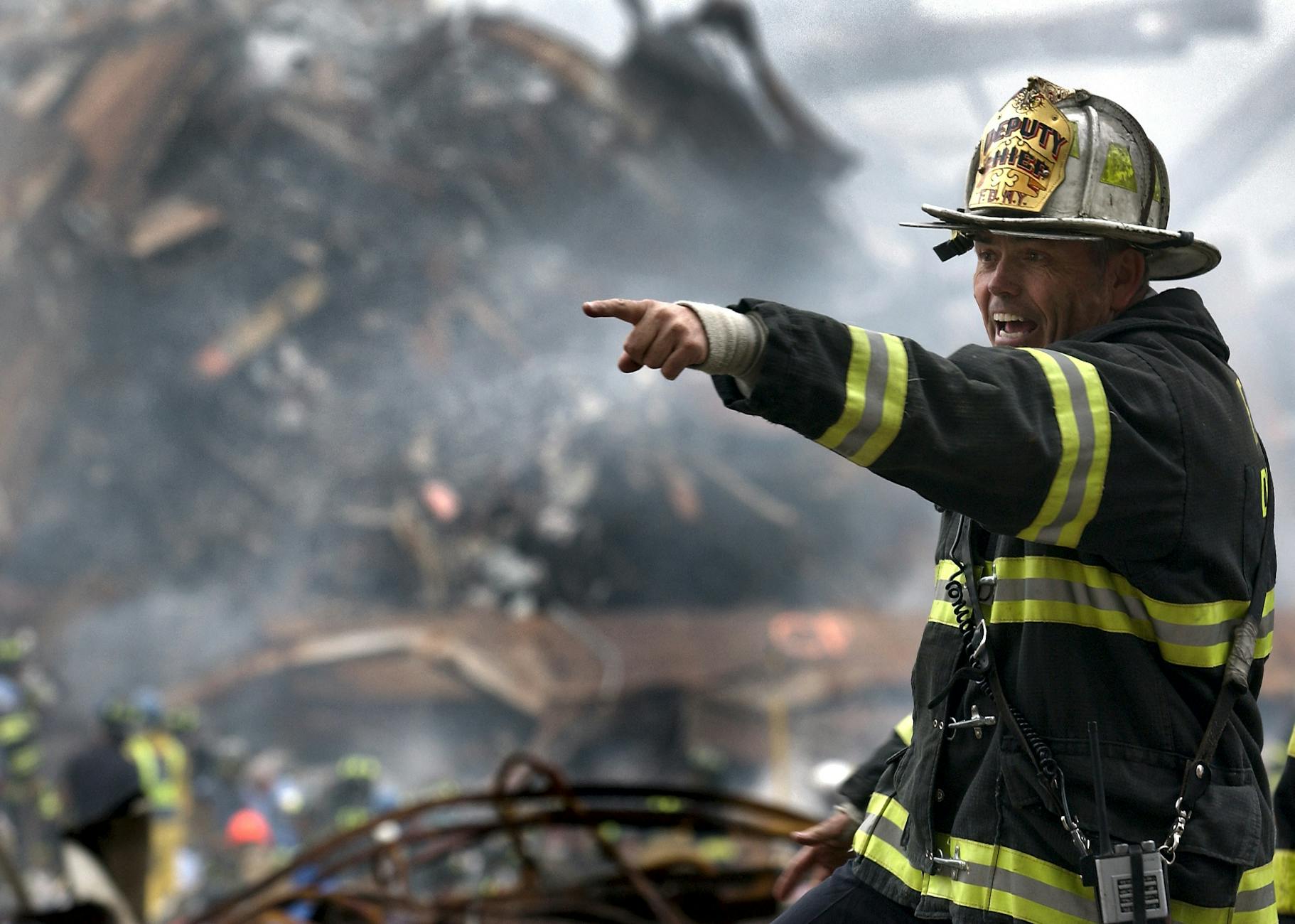
Emergency Rescue Methods: Saving Lives When Every Second Counts
In times of crisis, knowing the right emergency rescue methods can mean the difference between life and death. Whether it’s a natural disaster, a medical emergency, or a workplace incident, having the skills and knowledge to respond effectively is crucial. Let’s explore some of the most common emergency rescue methods used by first responders and ordinary citizens alike.
Cardiopulmonary Resuscitation (CPR)
CPR is a life-saving technique used to revive individuals experiencing cardiac arrest or respiratory failure. It involves a combination of chest compressions and rescue breaths to maintain blood circulation and oxygenation until professional medical help arrives. CPR training is widely available and is a valuable skill for anyone to learn.
First Aid Techniques
First aid encompasses a wide range of techniques and procedures designed to provide immediate care to injured or ill individuals. This may include treating wounds, controlling bleeding, immobilizing fractures, and managing medical emergencies such as heart attacks or strokes. Basic first aid training equips individuals with the knowledge and skills to respond effectively in emergency situations.
Fire Rescue Techniques
Fire rescue techniques are employed to evacuate individuals from burning buildings, extinguish fires, and prevent further spread of flames. This may involve using fire extinguishers, deploying fire hoses, conducting search and rescue operations, and assisting individuals to safety. Firefighters undergo extensive training in fire suppression and rescue techniques to effectively respond to fire emergencies.
Search and Rescue Operations
Search and rescue operations are conducted to locate and extricate individuals who are lost, injured, or trapped in hazardous environments. This may include wilderness search and rescue, urban search and rescue, and swiftwater rescue operations. Search and rescue teams utilize specialized equipment and techniques, such as ropes, harnesses, and drones, to locate and rescue individuals in need.
Extrication Techniques
Extrication techniques are used to safely remove individuals from vehicles involved in accidents or other incidents. This may involve cutting through metal, glass, or other materials to free trapped occupants and provide access to medical personnel. Extrication tools such as hydraulic spreaders, cutters, and saws are commonly used by emergency responders to perform vehicle extrication.
Water Rescue Methods
Water rescue methods are employed to rescue individuals who are in distress in or around bodies of water. This may include swimming rescues, throw rope rescues, boat rescues, and helicopter rescues. Water rescue teams are trained in techniques such as swiftwater rescue and dive rescue to safely extract individuals from water-related emergencies.
High-Angle Rescue Techniques
High-angle rescue techniques are used to rescue individuals who are stranded or injured in elevated environments, such as cliffs, buildings, or towers. This may involve rope rescue systems, rappelling, and high-angle rigging to safely lower or raise individuals to safety. High-angle rescue teams undergo specialized training to perform rescues in challenging environments.
Triage and Medical Triage
Triage is the process of prioritizing and categorizing patients based on the severity of their injuries or medical conditions. This allows medical personnel to allocate resources effectively and provide care to those who need it most urgently. Triage may be performed at the scene of an emergency or in a medical facility to ensure that patients receive timely and appropriate care.
Community Emergency Response Teams (CERT)
Community Emergency Response Teams (CERT) are groups of trained volunteers who assist professional first responders during emergencies. CERT members receive training in basic disaster response skills, such as fire safety, light search and rescue, and medical operations, to provide immediate assistance to their communities in times of need.
Conclusion
Emergency rescue methods encompass a diverse range of techniques and procedures designed to save lives and mitigate the impact of disasters and emergencies. Whether it’s administering CPR, providing first aid, or conducting search and rescue operations, knowing how to respond effectively in times of crisis is essential. By learning and practicing emergency rescue methods, individuals can play a crucial role in ensuring the safety and well-being of themselves and others.
Safety Standard Operating Procedures Manual
HSE Standard Operating Procedures
Safety Documents in the Workplace
FAQs about Emergency Rescue Methods
- Who can perform CPR and first aid?
- CPR and first aid can be performed by anyone who has received proper training and certification in these techniques.
- What should I do if I witness a car accident?
- If you witness a car accident, assess the scene for safety, call emergency services, provide assistance to injured individuals if it is safe to do so, and wait for professional help to arrive.
- How can I prepare for a natural disaster?
- To prepare for a natural disaster, create an emergency plan, assemble an emergency kit with essential supplies, stay informed about local hazards, and practice emergency drills with your family or household.
- Are there any online resources for learning emergency rescue methods?
- Yes, there are many online resources, courses, and tutorials available for learning CPR, first aid, and other emergency rescue techniques.
- What should I do if someone is drowning?
- If someone is drowning, call for help, throw them a flotation device or rope if available, and if necessary, enter the water and assist them to safety using proper rescue techniques.
























